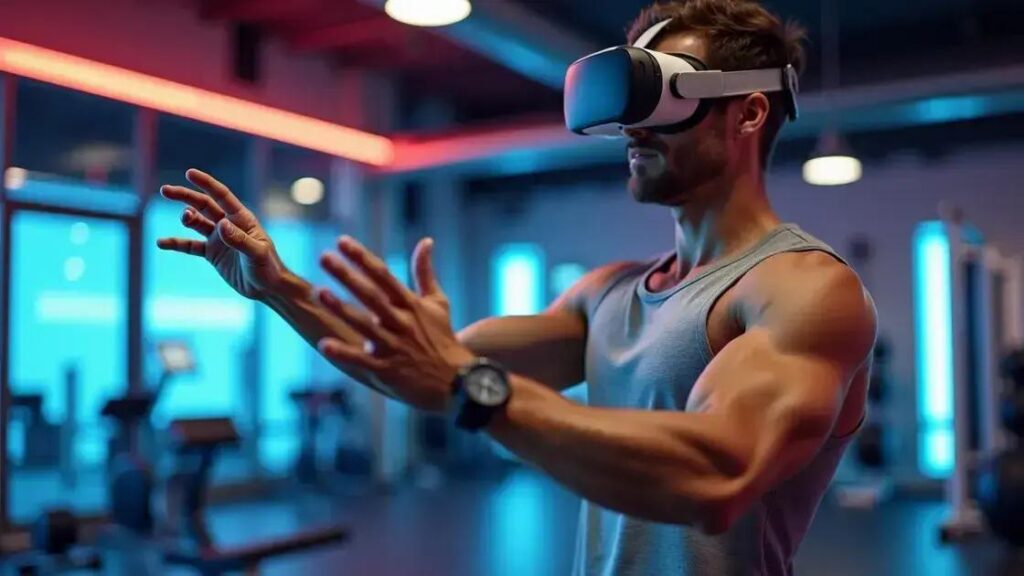Virtual reality is enhancing men’s cardio workouts by offering immersive experiences that boost motivation, improve engagement, and provide personalized training programs, making exercise more enjoyable and effective.
Virtual reality (VR) is transforming the fitness landscape, especially for men’s cardio workouts. By integrating immersive technology, workouts become more engaging and effective. This article highlights the benefits of VR, various technologies available, real-life success stories, and future trends that promise to revolutionize cardio training. Join us as we explore how virtual reality enhances workouts, making fitness fun and accessible.
The Benefits of VR in Cardio Workouts
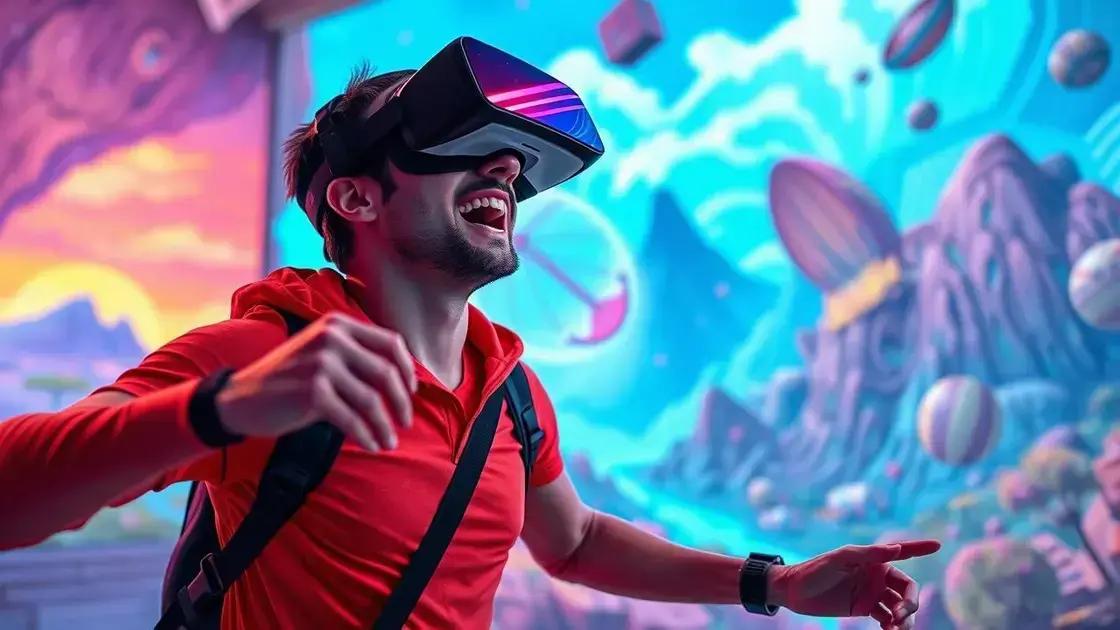
Using virtual reality (VR) in cardio workouts offers numerous benefits that can enhance your fitness experience. VR creates an engaging environment that can motivate users to push themselves harder. With immersive experiences, workouts become less of a chore and more of an adventure.
Increased Motivation
Many people struggle with motivation during regular cardio sessions. VR brings an interactive twist to workouts that can help get you excited about exercising. With virtual landscapes, gamified challenges, and interactive elements, you might find yourself looking forward to your cardio sessions.
Improved Focus and Engagement
VR can help enhance focus during workouts. Instead of staring at a wall or a screen, you can be transported to different environments—from running through a beautiful forest to cycling on a bustling city street. This heightened level of engagement allows you to lose track of time and forget about fatigue.
Customization and Personalization
Another advantage of utilizing VR in cardio training is the level of customization it allows. Many VR programs offer personalized workouts based on your fitness level, goals, and preferences. This means you can tailor your exercise experience to suit your needs, ensuring optimal performance and results.
Tracking Progress
Most VR fitness applications come equipped with tracking features. These technologies can monitor your heart rate, calories burned, and overall performance. Having access to real-time data helps you understand your fitness journey better and make informed decisions about your workouts.
In summary, the benefits of VR in cardio workouts not only make exercising more enjoyable but also offer practical advantages for achieving fitness goals. By incorporating VR into your cardio routine, you’re likely to see improvements in motivation, engagement, and performance.
Top VR Technologies for Fitness
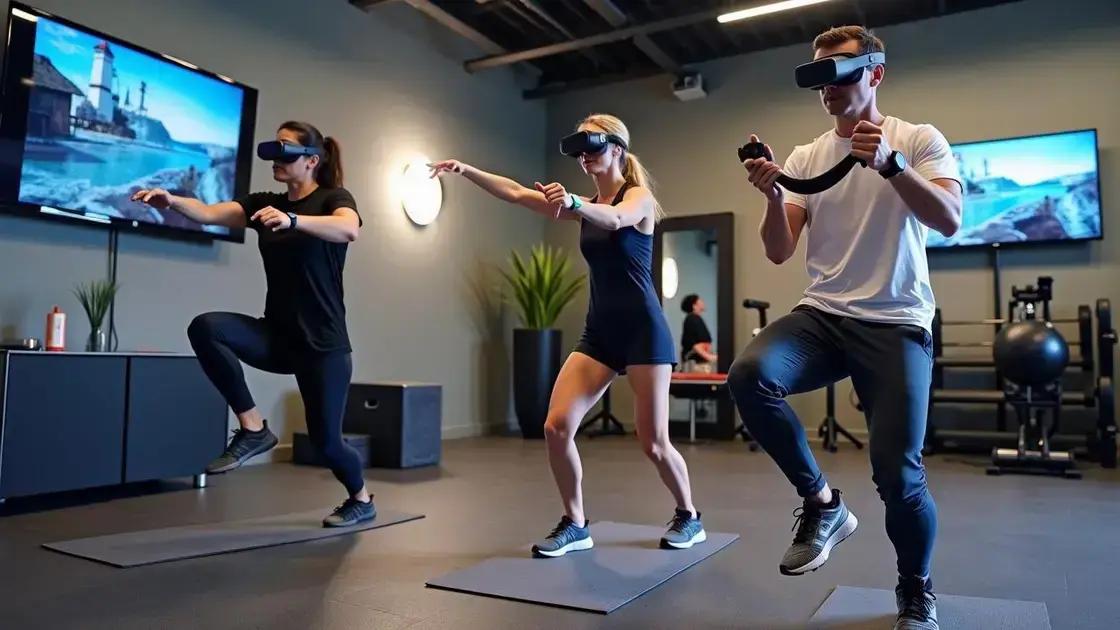
When it comes to virtual reality (VR) for fitness, several technologies are leading the way. Each of these technologies offers unique features that can enhance your workout experience and help you achieve your fitness goals. Here are some of the top VR technologies for fitness:
1. Oculus Quest 2
The Oculus Quest 2 is a popular standalone VR headset. It offers a wide range of fitness applications, allowing users to engage in activities like boxing, dance, and obstacle courses. With its wireless capability, you can move freely during your workouts, making it a great option for intense cardio.
2. HTC Vive
The HTC Vive provides an immersive experience with the use of external sensors. This technology creates a room-scale VR environment for workouts, which allows you to move around and interact with your surroundings. There are many fitness apps available that utilize the Vive’s capabilities for interactive training sessions.
3. PlayStation VR
PlayStation VR has gained popularity in the fitness community due to its accessibility and variety of fitness games. Users can dance, box, or even workout in virtual environments. This system is great for those who already own a PlayStation and want to take their fitness to the next level.
4. VR Fitness Apps
A variety of fitness apps specifically designed for VR are available today. Applications like BoxVR, Beat Saber, and Creed: Rise to Glory get users moving and sweating while having fun. These apps often incorporate music and gaming elements to make workouts more enjoyable.
While choosing the right VR technology can be overwhelming, knowing the options can help improve your cardio workouts. Each technology has something unique to offer that can motivate and elevate your fitness journey.
Real-Life Success Stories
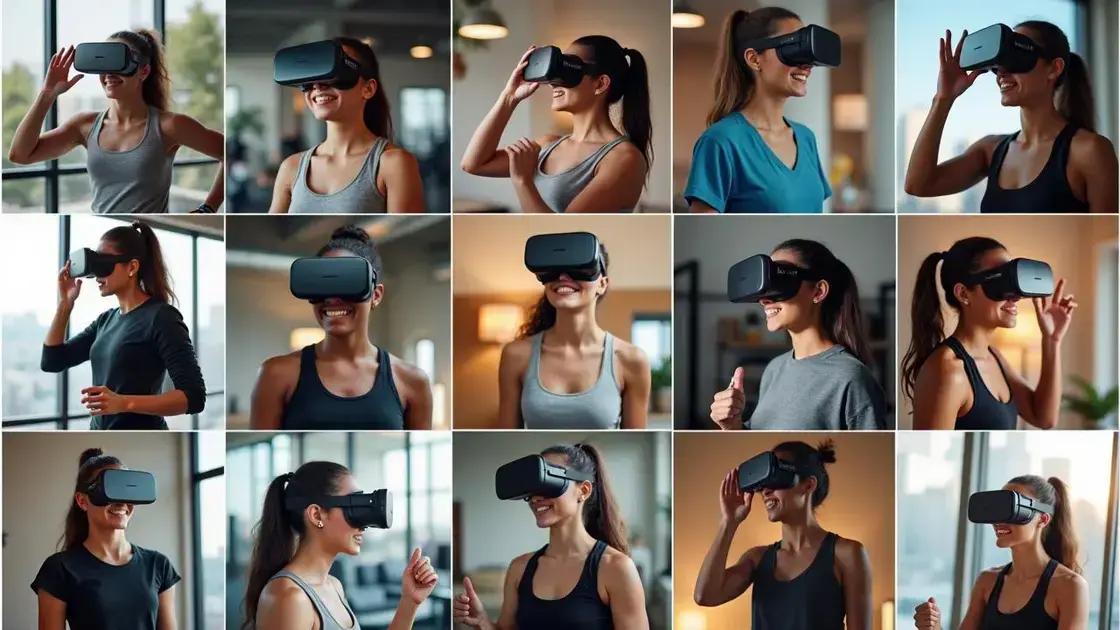
Real-life success stories highlight the impact of virtual reality (VR) in enhancing cardio workouts. Many individuals have experienced positive changes through the use of VR fitness technology. Here are a few inspiring examples:
1. John’s Transformation
John, a 32-year-old banker, struggled to keep motivation during his cardio sessions. After trying VR fitness gaming, he found himself captivated by the immersive experience. He began losing weight and improving his endurance within a few weeks. John now enjoys workouts and has maintained his fitness routine.
2. Maria’s Fitness Journey
Maria was hesitant about traditional gym workouts due to self-consciousness. When she discovered VR workouts, she felt more comfortable and engaged. Using apps like BoxVR helped her build strength and confidence. Maria shared her journey on social media, inspiring others to use VR for fitness.
3. David’s Active Lifestyle
David, a former college athlete, faced difficulties managing his time to exercise due to work commitments. He turned to VR for quick, effective workouts that fit his busy schedule. With a combination of cycling and dance VR games, he effectively stayed in shape and even increased his flexibility.
4. Community Impact
In a local community center, a VR fitness program was implemented for seniors. Participants loved the engaging experience and reported improvements in both physical and mental health. The program fostered a sense of community and showed how VR can be accessible to all ages.
These success stories demonstrate how VR technology can transform fitness routines, boost motivation, and lead to positive health outcomes. Individuals of all backgrounds are embracing VR workouts for their effectiveness and enjoyment.
Future Trends in Virtual Reality and Fitness
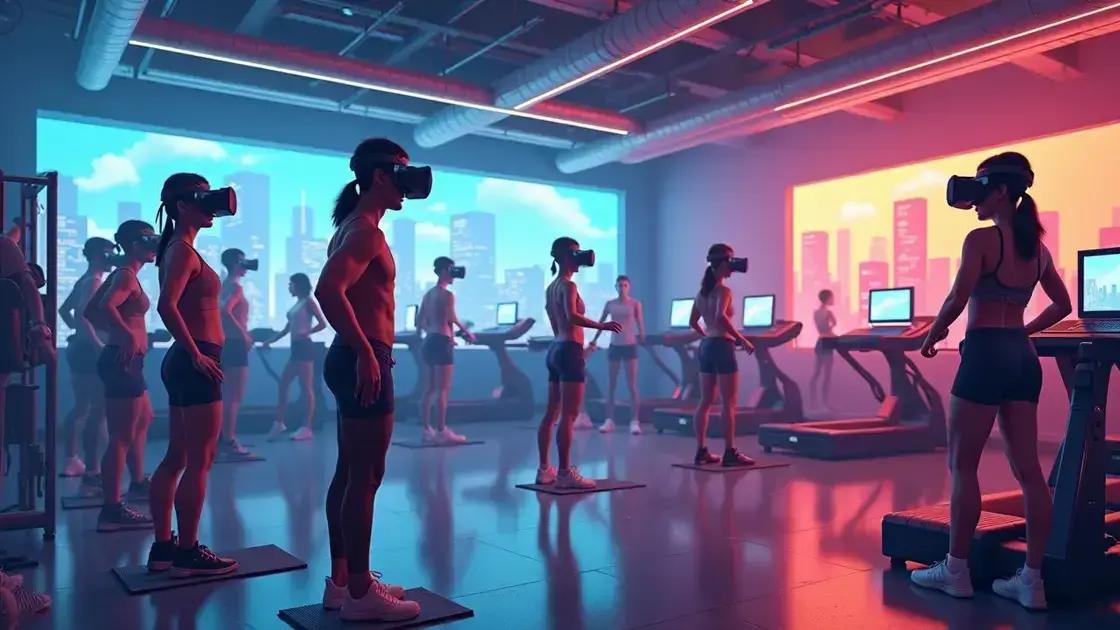
The future of virtual reality (VR) in fitness looks bright, with several exciting trends on the horizon. As technology continues to advance, more innovative solutions are emerging to enhance the workout experience. Here are some anticipated trends in virtual reality and fitness:
1. Enhanced Personalization
Future VR applications will likely offer more personalized workout experiences. Using AI and data analytics, fitness programs will tailor routines based on individual goals, fitness levels, and preferences. This will help users achieve their objectives more efficiently.
2. Social Integration
Social interaction will play a bigger role in VR fitness. Future platforms may focus on community building with multiplayer options, allowing users to join friends, family, or even fitness communities in virtual environments. Competing and collaborating with others can make workouts more enjoyable and motivating.
3. Realistic Environments
As technology improves, VR environments will become increasingly realistic. Users can expect more detailed graphics and immersive soundscapes, making cardio workouts feel like adventures in real-life locations. Exercising in a captivating setting can enhance focus and engagement.
4. Integration with Wearable Technology
Future VR fitness experiences may integrate seamlessly with wearable devices. This could allow users to track their heart rate and calorie burn in real-time while engaging in VR workouts. Such integration would provide valuable feedback and help optimize workout intensity.
5. Health and Rehabilitation Programs
VR technology is expected to expand into health and rehabilitation settings. Patients could use VR workouts as part of their therapy to regain strength and mobility. This application will make rehabilitation more engaging and less daunting.
Overall, these future trends indicate that virtual reality will play an even larger role in fitness, making workouts more effective, engaging, and accessible to everyone.
The Future of Fitness with Virtual Reality
As we’ve seen, virtual reality is transforming men’s cardio workouts in exciting and innovative ways. With numerous benefits such as increased motivation, improved focus, and personalized experiences, it’s evident that VR technology is shaping the future of fitness.
Top VR technologies are becoming more accessible, offering real-life success stories that illustrate their effectiveness. Moreover, emerging trends promise even greater advancements in personalization, social interaction, and integration with wearable tech.
Looking ahead, VR is not only enhancing traditional workout methods but also expanding into rehabilitation and health programs, ensuring a broader application of its capabilities.
In conclusion, embracing virtual reality in fitness is not just a trend—it’s a revolutionary approach that can provide a compelling and beneficial fitness experience for everyone.
FAQ – Frequently Asked Questions about Virtual Reality in Fitness
How does virtual reality enhance cardio workouts?
Virtual reality enhances cardio workouts by creating immersive environments that increase motivation, engagement, and enjoyment, making workouts feel less like a chore.
What are some popular VR technologies for fitness?
Some popular VR technologies for fitness include the Oculus Quest 2, HTC Vive, and PlayStation VR, each offering various applications to improve workouts.
Can VR workouts be personalized?
Yes, many VR fitness applications offer personalized workout experiences based on individual fitness levels, preferences, and health goals.
Are there real-life success stories involving VR and fitness?
Yes, many individuals have reported significant improvements in fitness levels and motivation after incorporating VR workouts into their routines.
What future trends can we expect in VR fitness?
Future trends in VR fitness include enhanced personalization, social integration, realistic environments, and integration with wearable technology for better health tracking.
Is VR fitness suitable for all ages?
Yes, VR fitness can be accessible for people of all ages. Programs are available for different fitness levels and can be adapted to meet individual needs.

